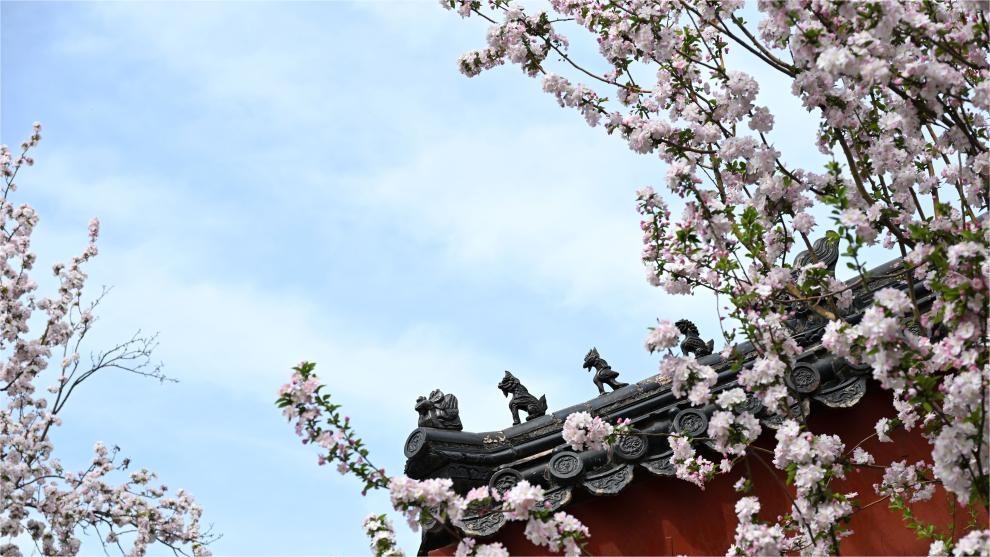Premium foie gras goes global from China's mountainous county
JINAN, April 9 (Xinhua) -- As an ingredient in upscale Western cuisine, premium foie gras was traditionally believed to originate mainly from developed countries in the West.
Nowadays, goose livers produced in Linqu County, a mountainous region in east China's Shandong Province, have been made into various products, such as dumplings and ice cream. These offerings have found popularity both domestically and internationally.
The fatty but juicy goose livers have become a cash cow for the inhabitants of Linqu. Over the decades since Landes geese were first introduced to the county, nestled among the towering Mengshan Mountain and Yishui River in 1988, a whole industrial chain of Landes geese, including breeding, processing, sales, as well as research and development (R&D), has taken shape.
Currently, Linqu boasts over 100 enterprises dedicated to foie gras-related industries, generating an annual output of over 5,000 tonnes of goose livers valued at more than 8 billion yuan (about 1.13 billion U.S. dollars), according to local authorities. Remarkably, roughly 70 percent of China's foie gras originates from this county.
Shandong Zunrun Sanrougey Food Co., Ltd., a Linqu-based company engaged in goose breeding and foie gras production and processing, has developed more than 20 types of foie gras products, with annual sales of about 300 million yuan, said Gao Yuanliang, who is in charge of the company.
In addition to the R&D and production of foie gras, the company also actively promotes goose sales and processing of down clothing accessories to maximize the utilization of goose resources and further extend the value chain in the goose industry, Gao added.
According to Ma Lijun, general manager of Shandong Chunguan Food Co., Ltd., another Linqu-based company focusing on breeding and processing geese, the company has explored new products such as goose wings and spicy geese besides foie gras products.
To date, foie gras produced by many enterprises in Linqu County has found its way to markets in countries like France, Italy and Australia. The main customers of Linqu's foie gras are high-end Western and Japanese restaurants.
The consumption potential for foie gras products in the household consumer market still needs to be tapped, said Ye Sen, a local official, adding that the local authorities will assist enterprises in expanding the supply to supermarkets in the future, so that common people have access to foie gras products.
Photos
Related Stories
- Chinese firms back to Spain's international food show
- Visitors flock to NW China's Tianshui to savor local spicy hot pot
- NW China's Tianshui sizzles with visitors flocking to taste local malatang
- Discounted blind food box gains popularity among China's Gen-Zers
- Trending in China | Pine nuts: A nutritious and medicinal powerhouse
Copyright © 2024 People's Daily Online. All Rights Reserved.









